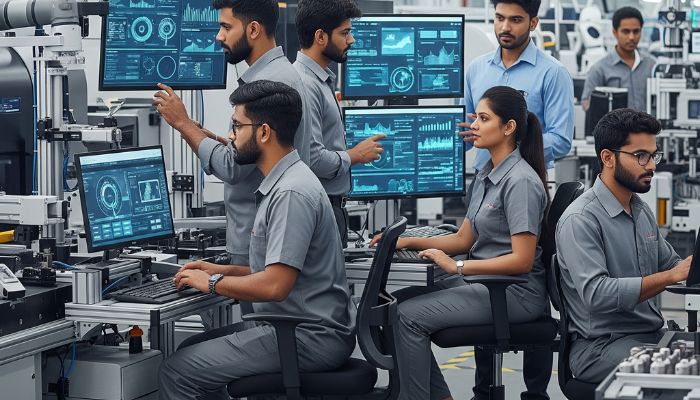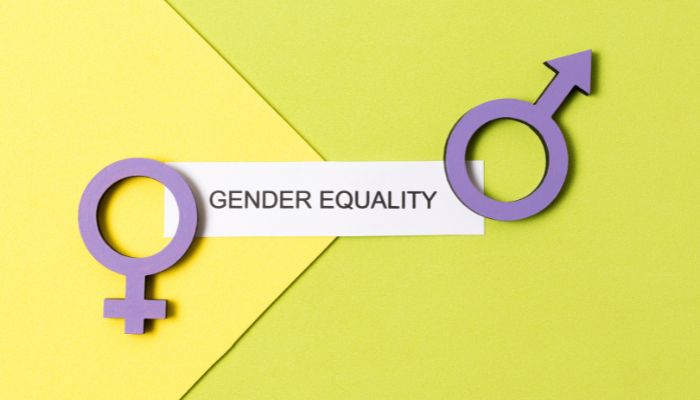With India’s great human resources, a USD 10 trillion economy goal for the upcoming decade is a morale building roadmap for the next decade. This statement by the Prime Minister and government was immediately hailed as laudable planning by important figureheads in the administration. This statement comes close on the heels of PM Narendra Modi’s setting a near-term goal of reaching USD 5 trillion on the Indian economy’s growth metrics by the year 2024.
The coronavirus pandemic has surely created hiccups faced by the economy in this journey. As a notable slowdown is caused by the coronavirus pandemic, India Inc and small businesses alike take strength from the deliberate, meticulous approach of the leaders of the nation.
The building blocks of India’s USD 10 trillion economy
The Indian economy is characterized as a changeful, dynamic mixed economy. Ever since India opened up its economy to foreign players and multinational investors in the name of Liberalization, Privatization, and Globalization (LPG) in the 1990s, the government of the day has had to grapple with global business cycles and short-term to far-reaching volatility. On the upside, it makes the projection for a USD 10 trillion economy a realistic, progressive one owing to the possibilities of creating employment thanks to the LPG reforms. There is plenty of evidence of global economic and social measures making their presence felt in the corporate and business environments of India. In keeping with such disruptive influences, the government of India has come up with innovations like Startup India to encourage new businesses and Digital India to make most of the government services available online to users. Digital India was started in 2015 and the challenge to innovate India through India Innovation Challenge started in 2019.
You might also be interested to read: Atmanirbhar Bharat Abhiyaan Lays Strong Foundations For Raising Our Per Capita GDP
These initiatives helped pave the way for self-reliance, a concept that the Prime Minister recently homed in on through the ‘Make in India’ campaign. The mission of nurturing India into a USD 10 trillion economy stems from it. In the case of the current times, following the COVID-19 pandemic, the country was at a complete standstill for around 60 days. Quite predictably, ground-level operations in a host of areas including transportation, aviation, manufacturing, logistics, and construction got stalled. This has caused a setback on the recovery and the economy is going into a deeper economic stumble.
Where retrenchment and plummeting stock prices in Europe and the United States were the norm within weeks of the origin of the virus in Asia, India’s operations were better provided-for in having able leadership and support for the business sector in particular and the society in general. The administration does not lose sight of the big picture – making India a USD 10-trillion economy. The government creates avenues for this through the NSDC (National Skill Development Corporation) even as India’s youth proactively sign up for online professional training. This active, immersive mindset of a work-ready population gives India the edge.
Specific education and much-needed reforms to support making India a USD 10-trillion economy
The most recent initiative, Atmanirbhar Bharat Innovation Challenge collates the competencies that India’s workers have often proven and puts them to use in lean times when reliance on global supply chains becomes tricky. In the MyGov Innovation Challenge, PM Narendra Modi’s government brought together AICTE (All India Council for Technical Education), an MHRD statutory body, and Texas Instruments, the American semiconductor and IC manufacturing giant with a veritable presence in India. The contest encouraged youth to participate in innovation and technology challenges, strengthening tech-aptitude that is recognized worldwide in STEM fields. The BIRAC-SoCH challenge is a similar one for entrepreneurs. These tests strengthen the skill set of India’s human resources. In crunch situations such as now when the need to rebuild the entire structure of the Indian economy arises, these initiatives build morale and fan the growth mindset.
Exploring the big picture, India ranks 5th in GDP. Manish Sabharwal, Chairman, and Co-founder, TeamLease Services Limited said that “India is 5th in GDP, but 138 in per capita GDP. There are only four countries ahead of us in GDP. There are 138 countries ahead of us in per capita GDP. So, I think all reforms need to recognize that per capita GDP matters more to our citizens.”
But where the speed of growth in the economy is concerned, India is among the fastest. India has several metropolitan cities and high-performing wealthy states. Prime among them are the country’s capital New Delhi, Mumbai, nestled on the coast of Maharashtra, and Chennai on the opposite coast in another large state, Tamil Nadu. These regions are highly reputed for their vibrant worker population and status as the wealthiest and commercially viable parts of India.
For such a geographically vast and populous country as India which also has the makings of the third-largest economy in the world, speeding into figures to the tune of a USD 10 trillion economy by 2030 has to be punctuated by measurable goals and monumental reforms.
Key areas which can drive the Indian economy to grow towards the 10 trillion economy journey:
- Manufacturing is a major concern where India saves costs for many international players. As India competes with other emerging economies to continue to offer this, the Indian government’s focus will be on land reforms and structural opening-up to promote ease of doing business for manufacturers.
- India’s heritage of being a traditional agricultural economy is in question during covid times, more than ever before. Some of the major non-farm areas of employment are quarrying and mining, construction, education and public administration.
- Even as movement of workers to urban areas is discouraged, the demographic advantage of a more literate, aware labor-force created as a result is a spur for economic growth in new pockets in India’s cities.
- India’s beacon of hope is the service industry which is set to bounce back quicker than production. Productivity is now possible online and timely digitalization makes this transition smooth for India’s industry. For example, Contract Labor registrations can now be done online
- Bloomberg’s Professional Services provides an “optimistic estimate” that India will grow to be the third-largest economy behind only the United States and China by the year 2026 even if it reaches 8.4 trillion USD by 2030
- Despite the covid-led slowdown, a growth in the economic classes of the society is projected in the bigger picture of the intervening decade between 2020 and 2030
These are only some of the many ways in which India’s administrative, corporate, and business leaders seek to rebuild the strength of the economy and guide it towards growth on the lines of the 10 trillion economy milestone. Banking on the vast multilingual, talented working population, this goal gains strength with each reform in all sectors of economy.
References:
- Shankhyaneel Iyer, India’s per-capita income to decline by 5.4% this fiscal year, says SBI, Hindustan Times (Bloomberg), June 24th, 2020
- Digital India AatmaNirbhar Bharat Innovate Challenge, Innovate MyGov, Ministry of Electronics and Information Technology, June 2020
- Caleb Silver, The Top 20 Economies in the World, Investopedia, March 18, 2020
- Pranbihanga Borpuzari, Covid-19 relief: Government announces Rs 3-lakh crore collateral-free automatic loans for MSMEs, The Economic Times, May 15th, 2020
- Abhishek Gupta, India insight: $10 trillion GDP by 2030? Not quite, but almost, Bloomberg Intelligence, Oct 02, 2019
- Atul Gupta, Labour Reforms In The Age Of Covid-19: What’s The Right Balance? BloombergQuint Opinion, May 14, 2020
You might also be interested to read:
Related Topics:






